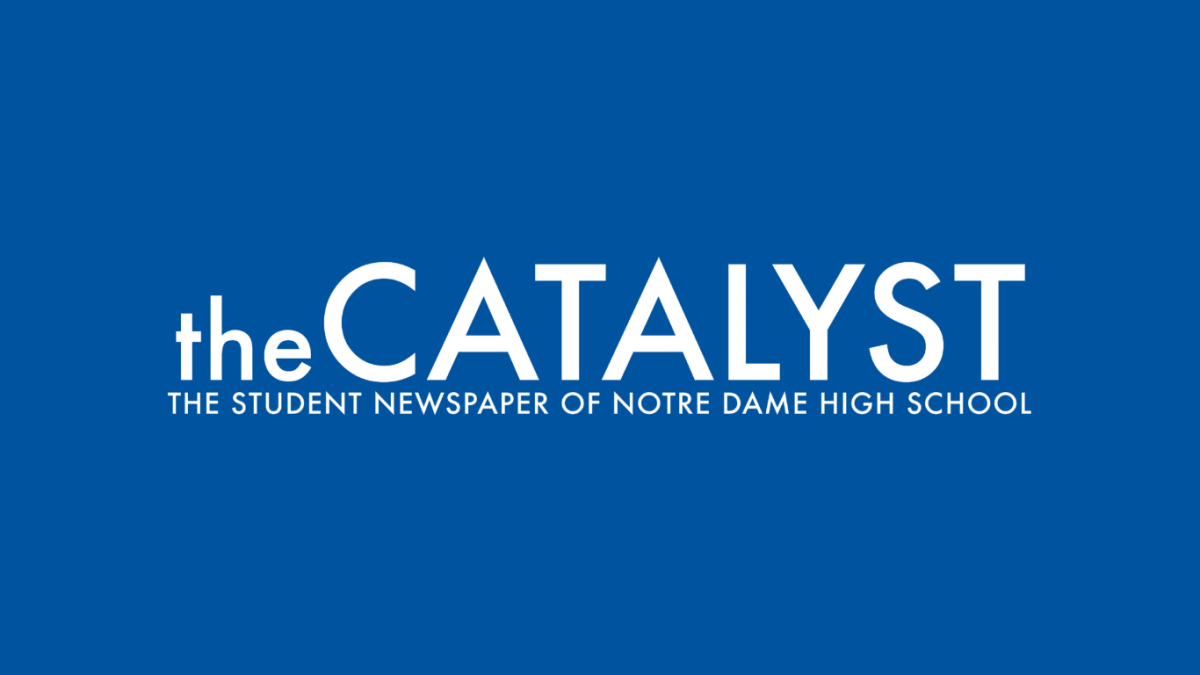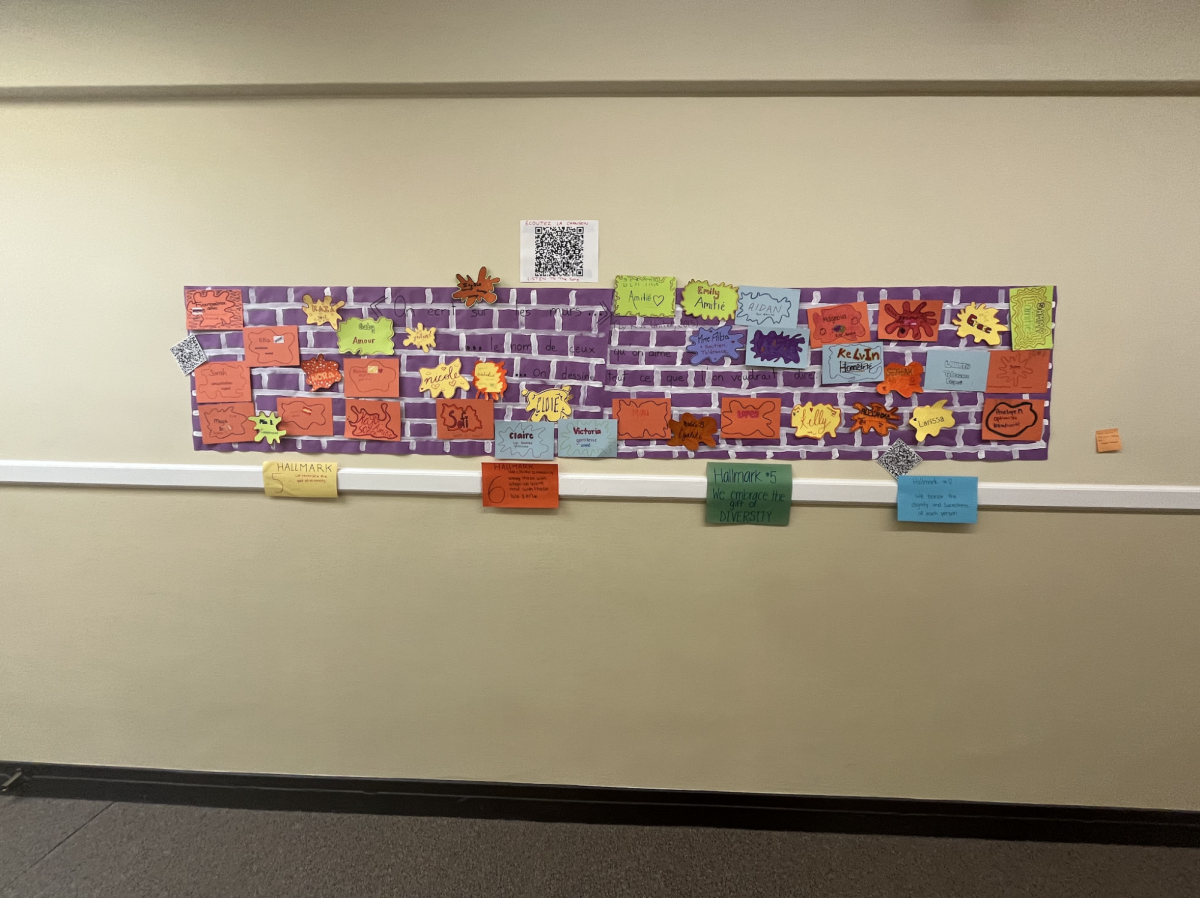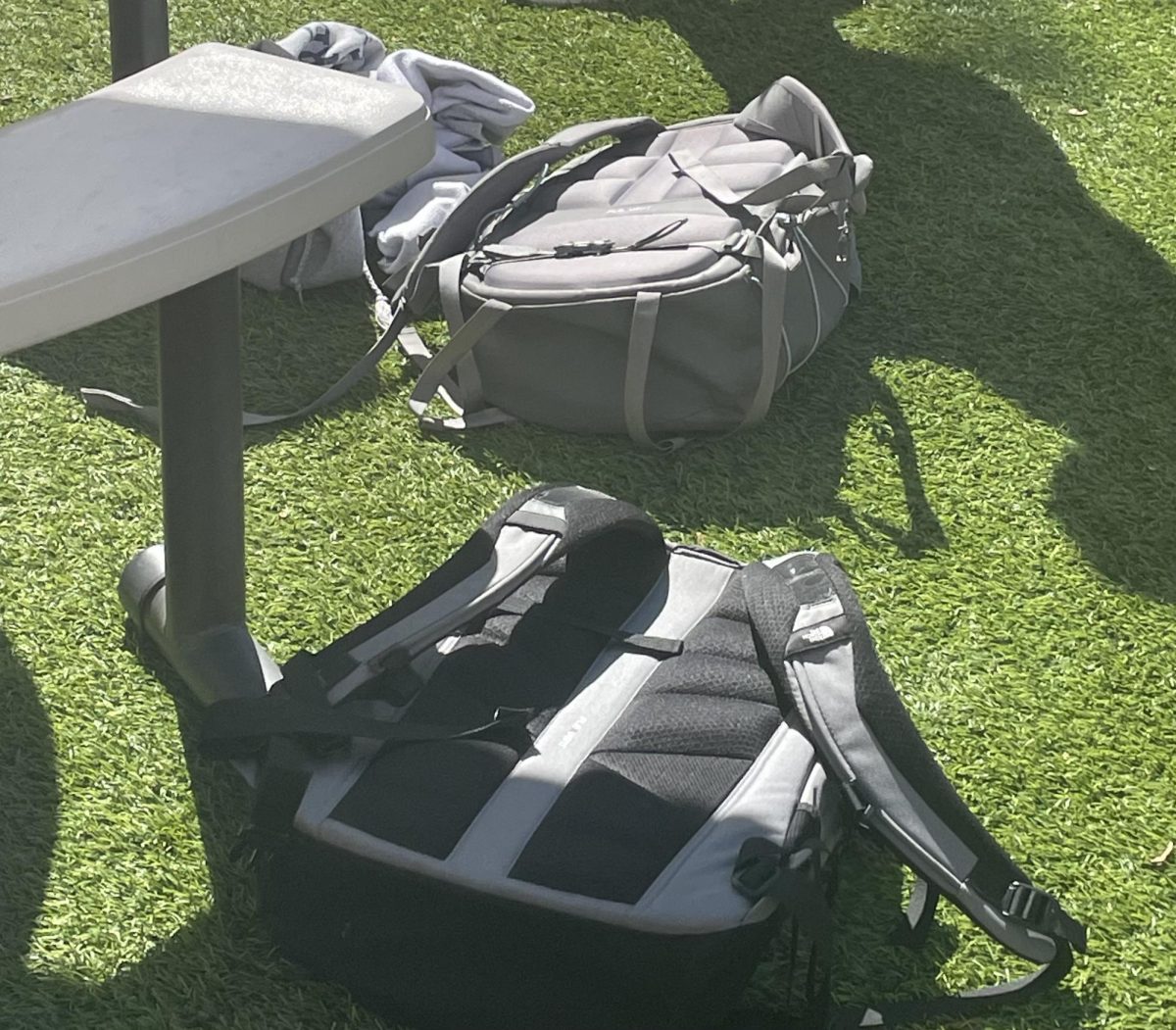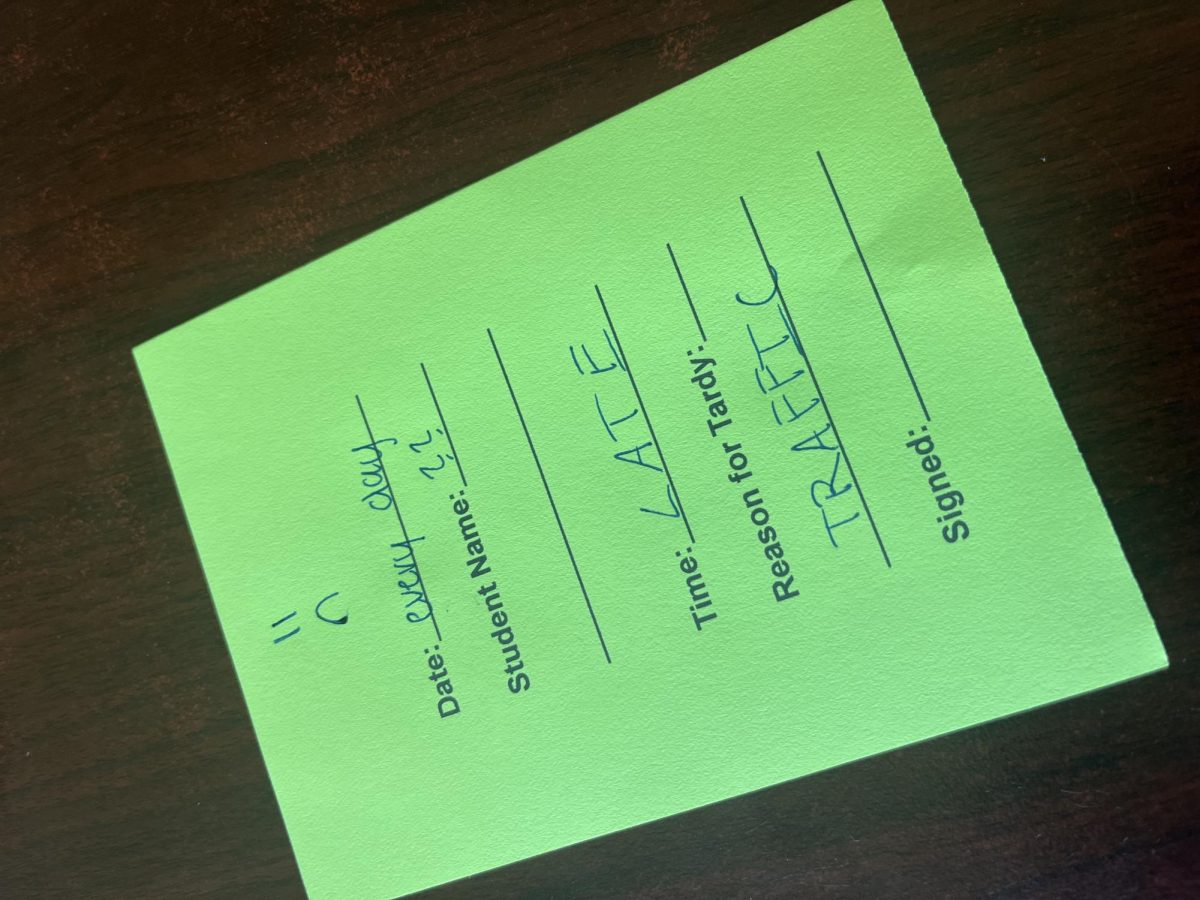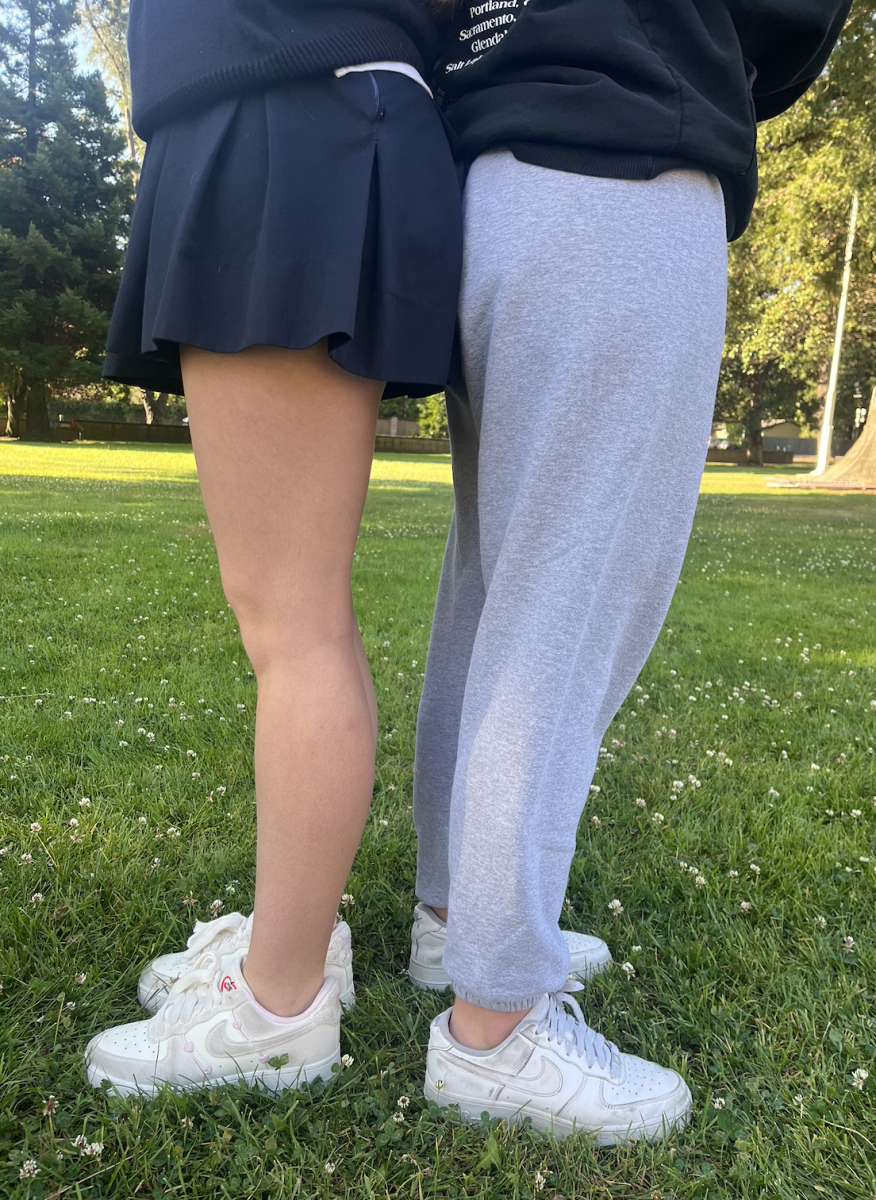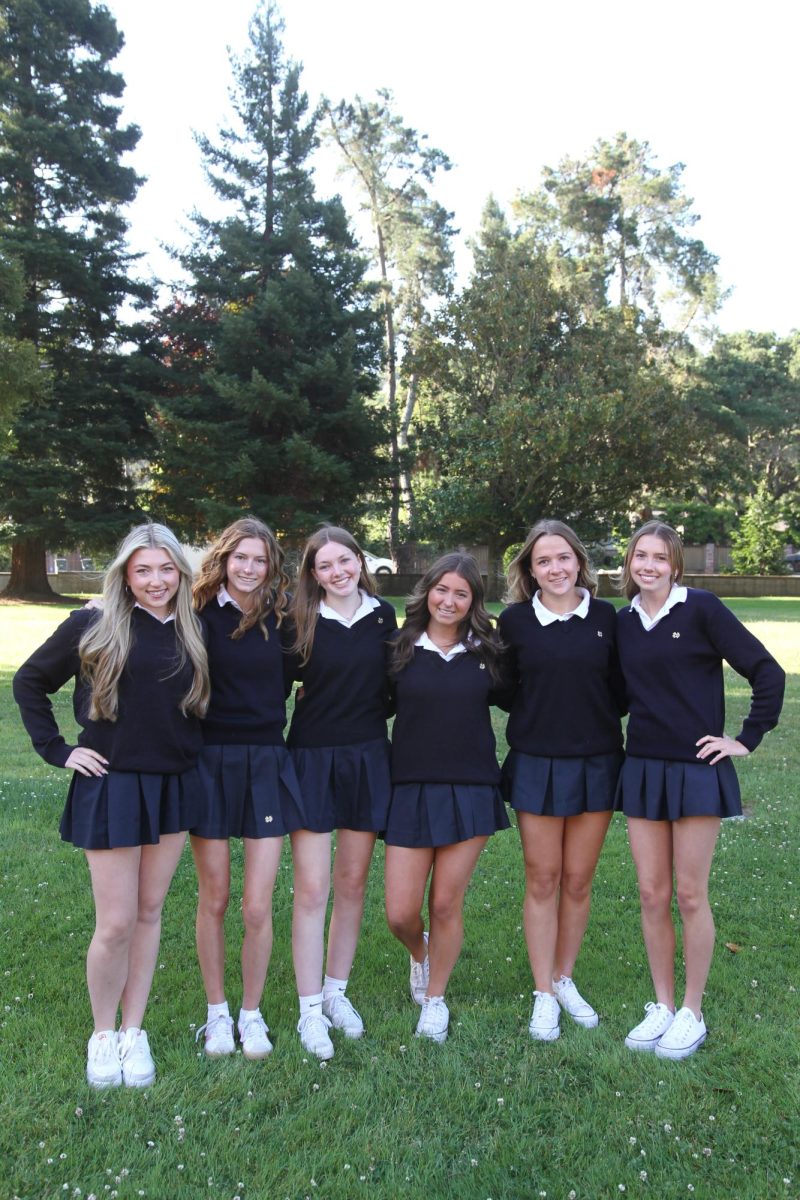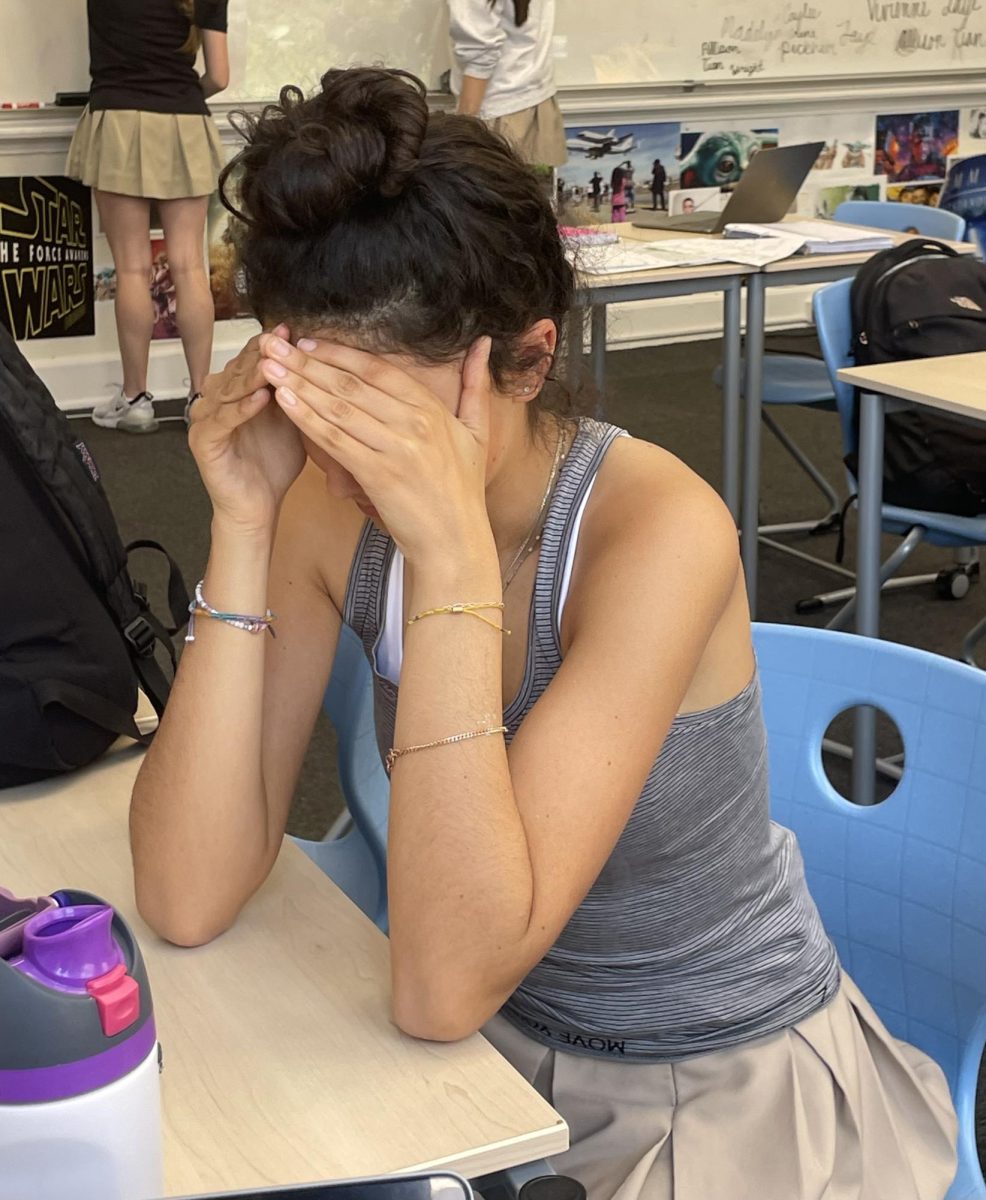Almost all schools these days allow students and teachers a “Fall Break”; one to two extra days off during the fall season. There isn’t a specific time in which this break was established, it would depend on the region and school district, but according to a quick Google search, 30%-40% of schools in the U.S. have a habitual fall break. This makes us think: Should all schools have fall breaks?
There can be many pros and cons of having a fall break. One of the many benefits is giving students a physical and mental break. Mental health is something that a lot of high schoolers may be struggling with and taking five days without school to relieve the adversities that it can bring can really help someone who is struggling.
Stress can also be very overwhelming. Many high schoolers are feeling stressed daily and having this break after the first month or so of the school year is a relief to many, and also could prevent a lot of students from burnout, decreased concentration, and even poor academic performances.
Physical breaks are also necessary for students. Especially for our student-athletes at NDB who have sports regularly throughout the week on top of school. Taking this time to catch up on sleep and rest is highly beneficial for your health. It is very beneficial to have a balance between school life and social life as a high school student.
However, there are some cons to having a fall break. One of the main cons is the number of school days. In California, high schools are required to have one hundred and eighty school days per year. Taking into account winter break, spring break, and summer break, and also holidays; some schools might not be able to afford to miss more days. So fall break could be cut out of the schedule to make up the amount of days. The other con that comes with fall break is sports. A lot of fall sports will be around mid-season during this break so it might be hard to take a break midway through the season.
“Yes I love having a fall break because fall is a really busy time for me and other students so it’s a nice little break to catch up on sleep, homework, and other weekend activities that [you] usually can’t fit into a 2 day weekend”, remarks NDB Junior Brooke True. “Everyone has a lot going on in Fall and there aren’t many breaks, so I think it’s a really good thing for teachers and students to have a little mindful break to catch up on sleep, etc”.
True represents the common opinion of the student population regarding Fall Break, that it provides a time to destress in a busy academic time of the year.
To look at fall break from a teacher’s perspective, there are separate pros and cons. A benefit for a teacher having a break could be catching up on work, grading, and also having more time to plan out lessons. On top of that, also just having a break, teachers work hard to do what they do and also need a break. A con for teachers is losing time for lessons, with the break. After having a few extra days off, it might be difficult to catch up with the missed time and still stay on track with their lesson plan.
“I love having a fall break. I didn’t have a fall break when I was a student and I feel like it’s a time of year where people are really tired, they have a lot going on, so I think it’s a really nice time to have a bit of a break”, remarked NDB teacher Kathryn Blanchard. “I guess I could see how after you take a break and come back, it always takes a little time to get back in the swing of things.”
To conclude, there can be many pros and cons when it comes to fall break, but I believe that a fall break is essential for a school to have. Seeing from a teacher and students perspective might help you understand exactly why schools need fall break.


